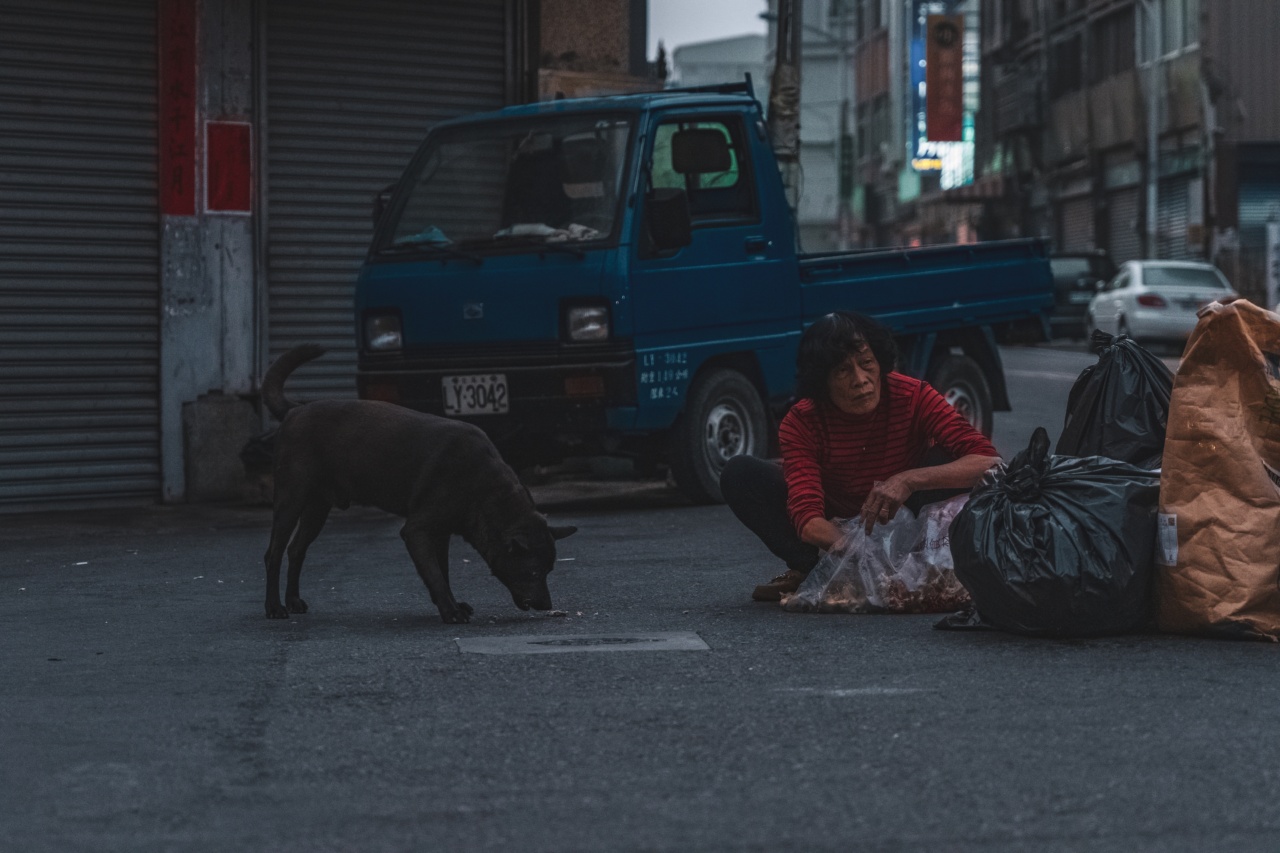When it comes to carrying our everyday essentials, bags are an indispensable part of our lives. Whether it’s a backpack, tote, handbag, or briefcase, we carry our valuables with us everywhere we go.
But have you ever thought about the bacteria living inside your bag? The truth is, bags are a breeding ground for bacteria, and all bags are not created equal.
The Dirtiest Bags in Town
After conducting several studies, it has been observed that the following bags tend to accumulate the most bacteria, making them the dirtiest of all:.
1. Handbags
Handbags are an ultimate fashion accessory for women, but unfortunately, they also make a great home for bacteria.
Handbags have been found to accumulate an astronomical amount of bacteria from the surrounding surfaces, thanks to their frequent contact with the ground, car seats, and public restrooms. Additionally, handbags often come in contact with dirty makeup items, smartphones, and other dirty or damp items that we tend to throw inside them.
2. Backpacks
Backpacks are synonyms with school-going children and people who carry a lot of items for work or travel.
Unfortunately, it is easy for backpacks to be infested with germs since they often come into contact with school desks, file cabinets, and other public surfaces. Backpacks can also come into contact with unwashed gym clothes, making them even more susceptible to bacterial accumulation.
3. Gym Bags
Gym bags are explicitly designed for carrying sweaty, wet clothes that have been used during a workout session. Therefore, it’s no surprise that the insides of gym bags are brimming with bacteria and fungi, ready to find a new host.
Gym bags that aren’t regularly cleaned and disinfected can contribute to the spread of harmful bacteria and infections like athlete’s foot and staph infections.
4. Totes
Totes are a stylish way to carry multiple items, but they, too, are notorious for bacterial accumulation. Totes often come into contact with floors, making them a magnet of bacteria.
Additionally, totes are spacious, meaning they can collect several new items with an unknown bacterial background, which can cause the bag to become a perfect environment for bacterial growth.
5. Briefcases
Briefcases are a must-have accessory for many professionals, but they, too, tend to have exceedingly high bacterial counts.
Similar to handbags, briefcases come into contact with office surfaces, car floors, and public restrooms, making it easy for bacteria to collect on their exterior. The inside of briefcases can also get filled with papers and work-related items, making it easy for bacteria to find a hiding spot to grow and multiply.
How to Combat Bacterial Accumulation in Bags
If your bag is prone to bacterial accumulation, there is no need to throw it away—instead, focus on fighting the bacteria and keeping your bag clean. Here are some essential tips to reduce bacterial infestation in your bag:.
1. Clean and Disinfect Your Bag Regularly
Regular cleaning and disinfecting should be an essential part of your bag care routine. Wipe the exterior and interior of your bag with a disinfectant wipe or spray.
Additionally, if your bag is made of machine-washable material, consider washing it frequently, especially if it’s in contact with gym clothes and other sweaty items.
2. Avoid Touching the Ground
If possible, avoid placing your bag on the ground or any other unclean surface. Instead, hang it on a hook or place it on a clean surface.
Consider using a bag hanger designed for hanging your bag from any surface, ensuring it doesn’t come into contact with the ground.
3. Store Dirty Items Separately
If your bag comes into contact with dirty items like gym clothes, make sure to store the soiled items separately. Consider placing them in a plastic bag to prevent the germs from spreading to other parts of your bag.
4. Avoid Overloading Your Bag
The more items you carry in your bag, the more chances you have of bacterial accumulation. Therefore, avoid overloading your bag with unnecessary items.
Instead, carry only what you need and consider using smaller bags or pouches to organize your essentials.
The Bottom Line
Bacterial accumulation in bags is a common problem, but it’s one that can be easily prevented. By following these simple tips for reducing bacterial infestation in bags, you can keep your bag cleaner, fresher, and more hygienic.
So, go ahead and make sure your essentials are safely housed in a clean bag.





























